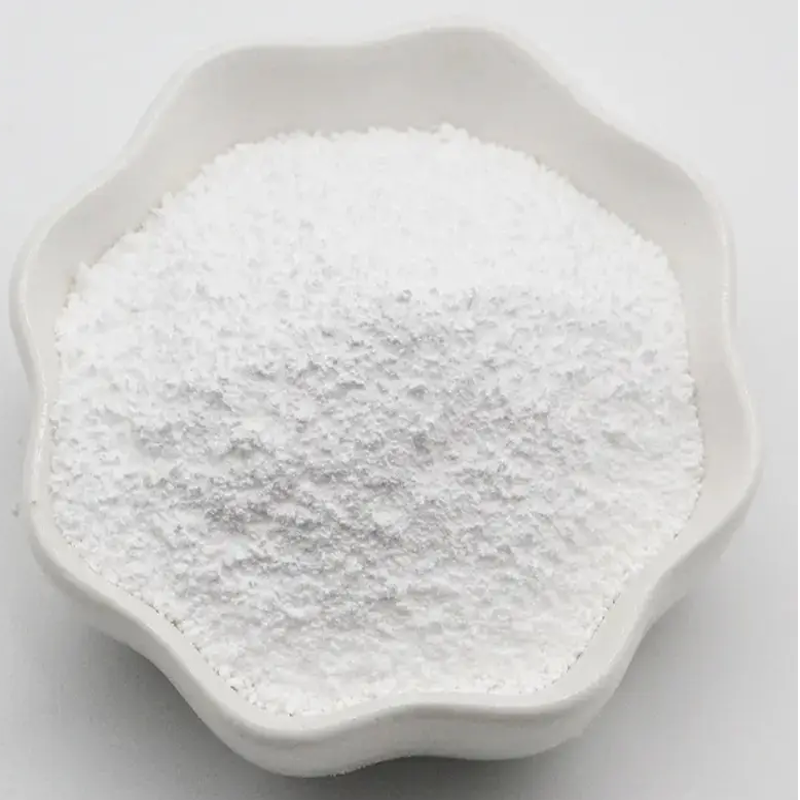-
Categories
-
Pharmaceutical Intermediates
-
Active Pharmaceutical Ingredients
-
Food Additives
- Industrial Coatings
- Agrochemicals
- Dyes and Pigments
- Surfactant
- Flavors and Fragrances
- Chemical Reagents
- Catalyst and Auxiliary
- Natural Products
- Inorganic Chemistry
-
Organic Chemistry
-
Biochemical Engineering
- Analytical Chemistry
- Cosmetic Ingredient
-
Pharmaceutical Intermediates
Promotion
ECHEMI Mall
Wholesale
Weekly Price
Exhibition
News
-
Trade Service
Introduction Viral hepatitis is an infectious disease of the liver caused by a virus, which is pathologically characterized by acute hepatocyte necrosis, degeneration and inflammation
.
This article mainly reviews hepatitis A virus (HAV), hepatitis B virus (HBV), hepatitis C virus (HCV), hepatitis D virus (HDV), hepatitis E virus (HEV) and hepatitis G virus (HGV) ) symptoms, diagnosis, treatment and prevention of hepatitis caused by infection
.
One table summary: Symptoms, diagnosis, treatment, and prevention of viral hepatitis Table 1 summarizes the epidemiological data, mode of transmission, symptoms, signs, diagnosis, and management methods of the six types of viral hepatitis
.
Table 1 Symptoms, diagnosis, treatment and prevention of viral hepatitis Note: HBIg, hepatitis B immunoglobulin; HCC, hepatocellular carcinoma; HBeAg, hepatitis B e antigen; CHB, chronic hepatitis B; HBsAg, hepatitis B surface Antigens; NAs, Nucleoside (Acid) Analogues Diagnosis and Management of CHB 1.
Diagnosis HBV is the hepatitis virus with the highest infection carrier rate in China.
It is estimated that there are currently about 70 million chronic HBV infections in China, of which 20 million are CHB patients -30 million cases
.
Chronic HBV infection can be divided into the following categories: chronic HBV carrier status, HBeAg-positive CHB, inactive HBsAg carrier status, HBeAg-negative CHB, occult HBV infection, and hepatitis B cirrhosis
.
Chronic HBV carrier status: serum HBsAg, HBV DNA, HBeAg and hepatitis B e antibody (anti-HBe) positive, but alanine aminotransferase (ALT) and aspartate aminotransferase (AST) are normal, liver tissue There was no obvious abnormality in the medical examination
.
HBeAg positive CHB: serum HBsAg, HBeAg and HBV DNA positive, ALT persistent or repeated elevation, or liver histological examination with hepatitis
.
Inactive HBsAg carrier status: serum HBsAg positive, HBeAg negative, anti-HBe positive or negative, HBV DNA undetectable or below the threshold, followed up for more than 3 consecutive times within 1 year, and ALT in the normal range
.
HBeAg-negative CHB: Serum HBsAg-positive, HBeAg-negative, HBV DNA-positive, persistent or repeated abnormal ALT, or liver histology with hepatitis
.
Occult HBV infection: negative for HBsAg in serum but positive for HBV DNA in serum and/or liver tissue
.
Hepatitis B cirrhosis: HBV current infection (HBsAg positive) or a history of chronic HBV infection (previous HBsAg positive > 6 months, current HBsAg negative, anti-HBc positive) and excluding other etiologies + liver cirrhosis
.
2.
Treatment The current antiviral treatment regimens for CHB are mainly drug treatment represented by interferon-α and NAs
.
Interferon-α: Pegylated interferon-α (Peg-IFN-α) and common interferon (IFN-α) have been approved in China for the treatment of CHB.
The former only needs to be injected once a week, and its pharmacokinetics The science and dosing regimen are better than the latter
.
NAs: mainly lamivudine (LAM), adefovir dipivoxil (ADV), telbivudine (LdT), entecavir (ETV), tenofovir disoproxil fumarate (TDF) and propionate fumarate Fentofovir (TAF)
.
China's "Guidelines for the Prevention and Treatment of Chronic Hepatitis B (2019 Edition)" recommends that the treatment of naïve patients should be the first choice for treatment with potent and low-drug resistant NAs (ETV, TDF, TAF)
.
For patients who are being treated with non-preferred drugs, it is recommended to switch to potent and less resistant drugs to further reduce the risk of drug resistance
.
For those who use ADV, it is recommended to use ETV, TDF or TAF; for those who use LAM or LdT, it is recommended to use TDF, TAF or ETV; for those who have LAM or LdT resistance, TDF or TAF is recommended; for those who have ADV resistance, Switch to ETV, TDF or TAF; for patients treated with ADV and LAM/LdT, switch to TDF or TAF
.
References: [1] Odenwald MA, Paul S.
Viral hepatitis: Past, present, and future[J].
World J Gastroenterol 2022; 28(14): 1405-1429.
DOI: 10.
3748/wjg.
v28.
i14.
1405 [2] Ge Junbo, Xu Yongjian, Wang Chen, et al.
Internal Medicine (Ninth Edition) [M].
People’s Health Publishing House, 2018:388-390.
[3] Chinese Medical Association, Journal of Chinese Medical Association, Chinese Medical Association General Practice Branch, et al.
Guidelines for primary diagnosis and treatment of chronic hepatitis B (practice version 2020)[J].
Chinese Journal of General Practitioners, 2021,20(03):281-289.
[4] Chinese Medical Association Infectious Diseases Branch, Chinese Society of Hepatology.
Guidelines for the prevention and treatment of chronic hepatitis B (2019 edition) [J].
Journal of Clinical Hepatobiliary Diseases, 2019,35(12):2648-2669.







